Accountability
Inflation increased 8.3% in April, higher than estimates
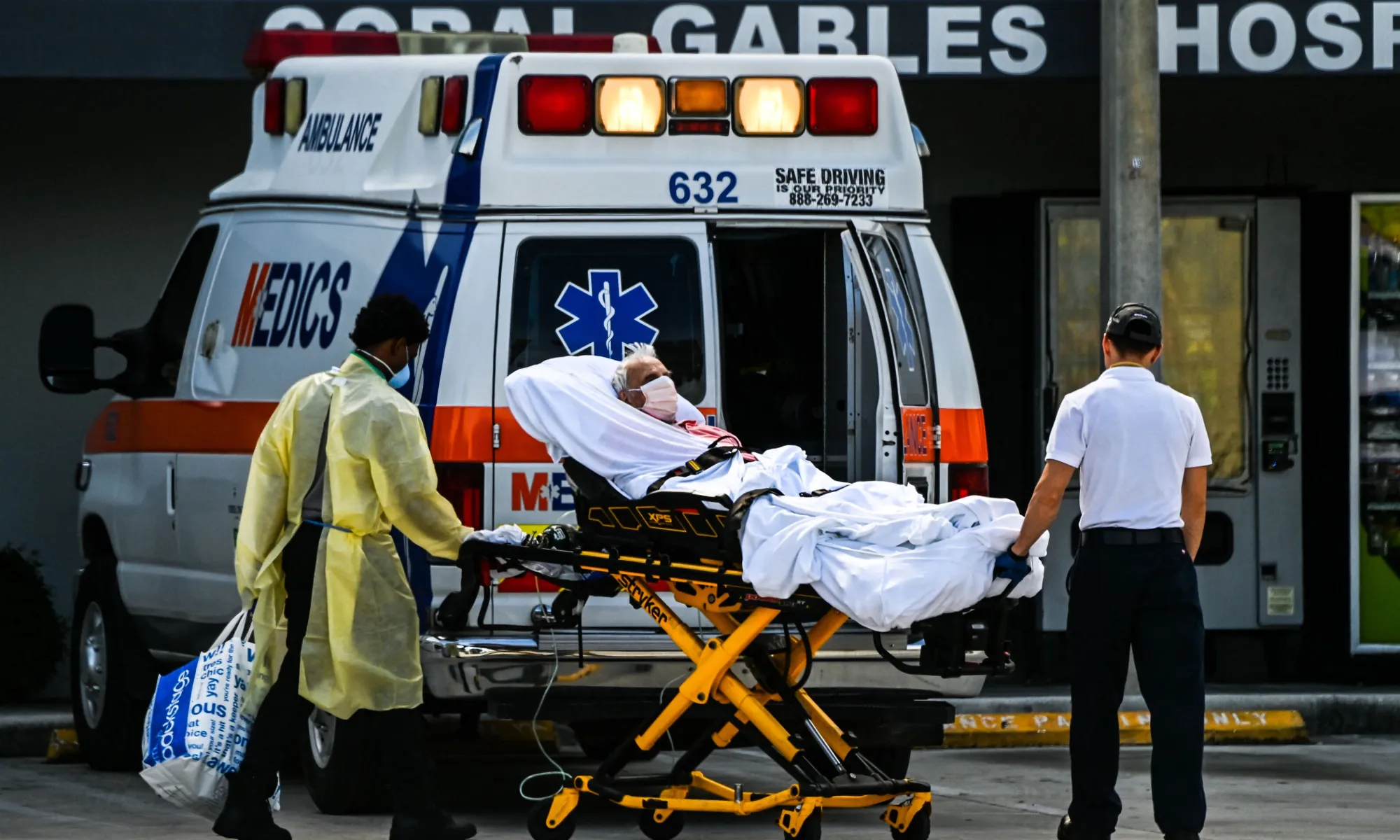
For the first time in nearly a year, US inflation has steadied a little, however it remains close to March’s 40-year high of 8.5%, and food prices rose at the fastest pace since April 1981.
The consumer price index, a broad-based measure of prices for goods and services, increased 8.3% from a year ago, higher than the Dow Jones estimate for an 8.1% gain.
Removing volatile food and energy prices, so-called core CPI still rose 6.2%, against expectations for a 6% gain, clouding hopes that inflation had peaked in March.
The month-over-month gains also were higher than expectations — 0.3% on headline CPI versus the 0.2% estimate and a 0.6% increase for core, against the outlook for a 0.4% gain.
The price gains also meant that workers continued to lose ground. Real wages adjusted for inflation decreased 0.1% on the month despite a nominal increase of 0.3% in average hourly earnings. Over the past year, real earnings have dropped 2.6% even though average hourly earnings are up 5.5%.
Inflation has been the single biggest threat to a recovery that began early in the Covid pandemic and saw the economy in 2021 stage its biggest single-year growth level since 1984. Rising prices at the pump and in grocery stores have been one problem, but inflation has spread beyond those two areas and into housing, auto sales and a host of other areas.
Federal Reserve officials have responded to the problem with two interest rate hikes so far this year and pledges of more until inflation comes down to the central bank’s 2% goal.
The CPI gains came even though energy prices declined 2.7% for the month, including a 6.1% drop for gasoline. The BLS food index rose 0.9% in April, countering the deceleration in energy. On a 12-month basis, energy costs were still up 30.3% while food rose 9.4%, according to unadjusted data. Gasoline costs at the pump this week reached their highest level ever not adjusted for inflation.
“We’re starting to see energy pull back a little bit, but it’s not enough,” said Kathy Jones, chief fixed income strategist at Charles Schwab. “The markets were hoping for a better number and it’s not good enough to rule out more Fed tightening.”
Terry A. Hurlbut has been a student of politics, philosophy, and science for more than 35 years. He is a graduate of Yale College and has served as a physician-level laboratory administrator in a 250-bed community hospital. He also is a serious student of the Bible, is conversant in its two primary original languages, and has followed the creation-science movement closely since 1993.
-
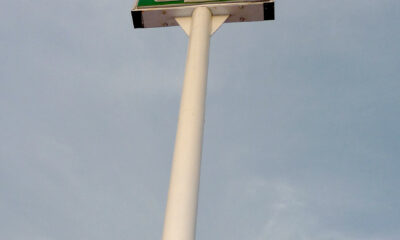
 Guest Columns4 days ago
Guest Columns4 days agoShe Saved Her Life. 7-Eleven Fired Her
-
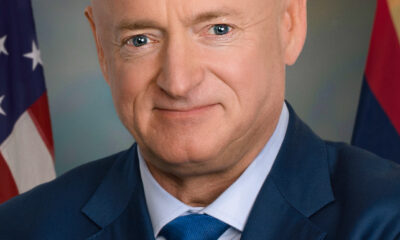
 Civilization4 days ago
Civilization4 days agoDemocrats’ Viral Video Lights Match to the Republic
-

 Guest Columns4 days ago
Guest Columns4 days agoWaste of the Day: What’s Big, Grey And Costs $350K?
-
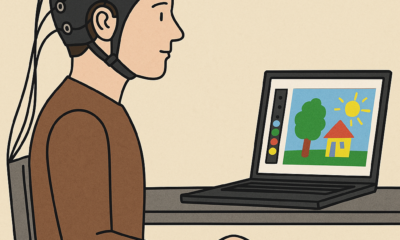
 Civilization3 days ago
Civilization3 days agoThe AI Challenge: Palantir, the Pope, and Paul Kingsnorth
-
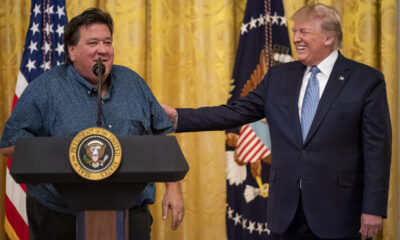
 Civilization3 days ago
Civilization3 days agoNo Kings, No Queens, No Blind Loyalty
-

 Executive3 days ago
Executive3 days agoWaste of the Day: California’s $450 Million 911 Center Doesn’t Work
-
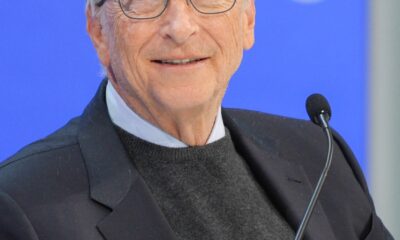
 Civilization2 days ago
Civilization2 days agoThe World Needs to Restore Balance and Objectivity on Climate
-

 Civilization2 days ago
Civilization2 days agoFree Speech Requires a Pious Commitment



If the Democrats and their masters had not worked to destroy the economy and freedom we would not have this problem. The first thing is to restore the Keystone Pipeline and stop with the fake environmentalism. Then we need to do what Calvin Coolidge did with the depression that occurred in 1920. It lead the “Roaring 20’s”.
And remember the 1929 Stock Market crash was due to people buying stock on margin and had nothing to do with the Great Depression that was caused by Hoover and FDR.